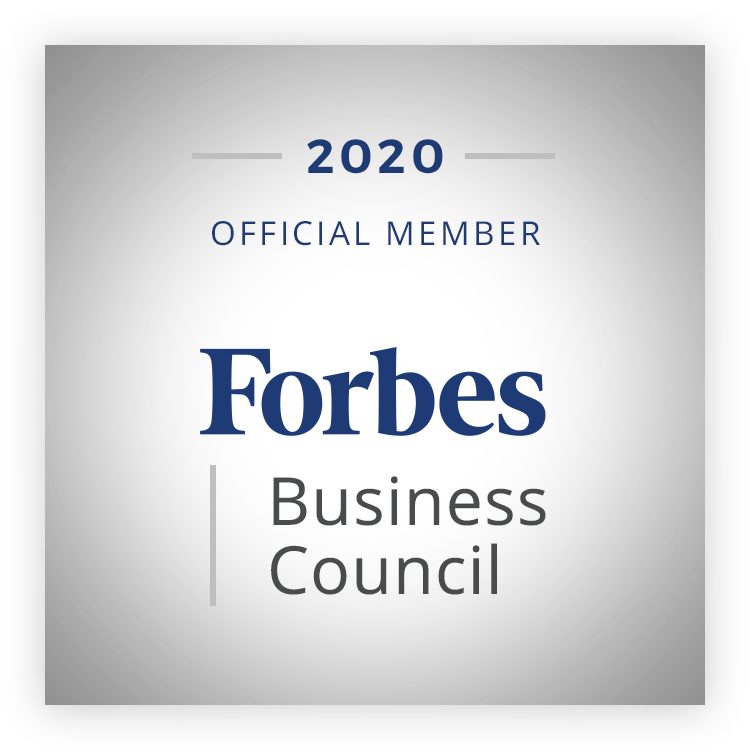There is an important “currency” of an organization that can be directly linked to generating its external currency of dollars.
This currency is trust.
According to a 2022 Edelman report, 58% of customers said they will buy from brands they trust, while 60% of people said they will choose an employer based on alignment in values and trust.
While companies may know this intrinsically, “how” to build this currency of trust seems to befuddle many.
For an example, I once worked with a company that specialized in corporate communications consulting. While their intention was to help companies build trust among employees and customers, their strategies were limited to crafting innovative communications strategies.
Communications are a great start to expressing values and building trust, but they do little more than offer “lip service,” if they’re not followed up by tangible changes in processes and structures.
Recall during the George Floyd murder in 2020 how individuals received emails from every company they were associated with. Each e-mail professed the company’s support for the Black Lives Matter movement and renewed commitment to diversity, equity, and inclusion. Most people started asking themselves, “Is this company really going to do anything about it?”
In order to build trust, words need to be backed up with action. This means taking a magnifying glass to everything from leadership and organizational design, to how performance and compensation are managed, to how employee feedback and complaints are addressed.
Many companies believe building a culture of trust can be done through communications and a few team-building events. However, building lasting culture change requires a much more holistic and multi-pronged approach.
Some of the questions to consider for employees include:
- How effective are our leaders at communicating and listening to employees?
- How transparent and fair is our performance management process? Are team and individual KPIs clear?
- What kind of learning and development opportunities do we offer?
- How transparent and equitable is compensation?
- What are our processes around handling employee complaints?
- Are we giving employees space and opportunity to innovate?
- How do we invest in employee wellness?
- How do we show our support for nonprofits and social mission organizations?
According to GreytHR, the top 2 most common employee complaints on Glassdoor include “Unfair Pay” and “Lack of Transparency.”
For example, a culture of trust can’t be built within an organization that uses opaque or favoritism-based promotion processes, which is unfortunately a common practice.
We can easily translate many of the above questions for customers:
- How effective are we at communicating and listening to customers?
- How fair is our pricing structure?
- Are we delivering on our marketing promises?
- What kind of additional value and opportunities do we offer?
- How is the quality of what we offer?
- How do we address customer complaints?
- What is our refund policy?
- How do we show our support for nonprofits and social mission organizations?
As we can see, generating a brand and culture of trust is related to much more than simply professing values and fancy marketing. It needs to be thoughtfully baked into the processes and day-to-day operations of an organization in order to come to fruition.


